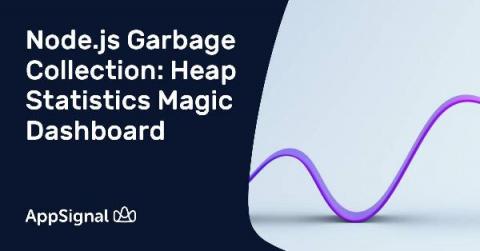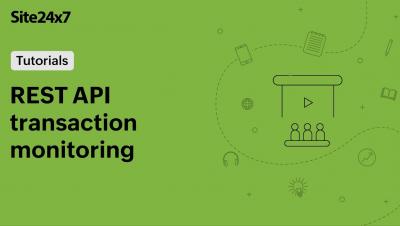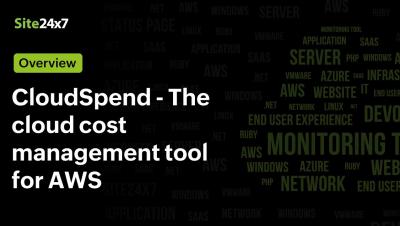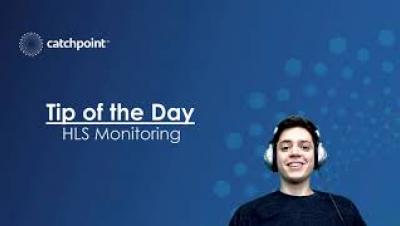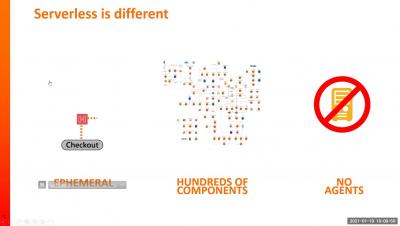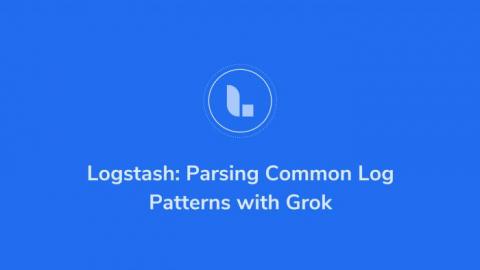Introducing IPHost mobile client
We are glad to introduce IPHost mobile app (currently available for Android 4.4 or newer). To start using Push notifications on your Android device(s), please upgrade your IPHost installation to v5.3 or later version. You would also need an Android mobile device running free IPHost mobile app. We have added a quick start reference for IPHost mobile app; it typically takes less than 5 minutes to install the app, connect it to the IPHost desktop installation and commence receiving Push notifications.




